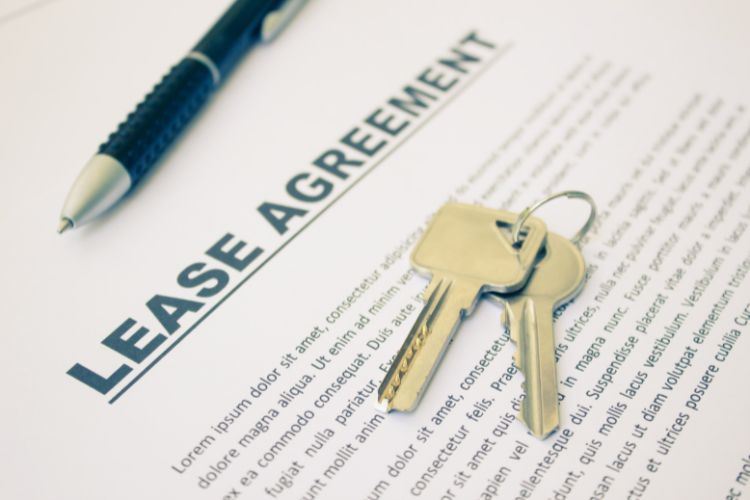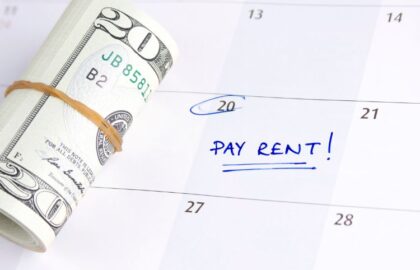
Wondering if you can transfer your lease to someone else in Australia? You’re not alone. Lease transfers can be a great option, but the process can be tricky to navigate.
In this article, our property managers will walk you through the key considerations, legal requirements, and steps involved in transferring a rental lease to a new tenant.
Whether you’re dealing with an original lease, retail lease, or residential tenancy agreement, we’ve got the information you need to make an informed decision and ensure a smooth transition. Let’s dive in!
Can I Transfer My Lease to Someone Else? The Quick Answer
The short answer is yes, you can typically transfer your lease to someone else in Australia, but there are specific steps and requirements you’ll need to follow.
Transferring a lease, also known as an assignment of lease, is a common practise that can benefit both the current tenant and the landlord.
The key steps involve informing your property manager of your intention to transfer the lease, arranging for the prospective new tenant to view the property and complete the application process, and obtaining approval from the landlord for the new tenant.
Importantly, the bond money cannot be released mid-lease in Queensland, but a transfer of bond obligations can be arranged to relieve the exiting tenant of their financial responsibilities.
As long as you follow the proper procedures and receive the necessary approvals, transferring your lease to someone else can be a smooth process. Let’s dive into the details.
What Steps Are Involved in Transferring a Lease in Australia?
Transferring a lease to a new tenant in Australia involves several key steps to ensure a smooth process.
Notify the Property Manager or Landlord
The first step is to inform the property manager or landlord about your intention to transfer the lease to a new tenant. This open communication allows all parties to be aware of the upcoming changes and initiate the necessary procedures.
Arrange a Property Viewing

The prospective new tenant should then arrange a viewing of the rental property with the property manager or landlord. This gives the new tenant the opportunity to inspect the premises and determine if it meets their requirements.
Complete the Application Process
After the viewing, the new tenant must complete a standard application form provided by the property manager or landlord. This form typically includes personal details, rental history, and references, which the landlord will review.
Obtain Landlord Approval
Once the application is submitted, the landlord will review the information and decide whether to approve the new tenant. Landlord approval is a crucial step in the lease transfer process.
Transfer Bond Obligations
If the new tenant is approved, the bond obligations will need to be transferred. In Queensland, this involves completing and lodging Form 6 (Change of Bond Contributors) with the Residential Tenancies Authority (RTA).
This document transfers the bond responsibility to the new tenant and releases the exiting tenant from their financial obligations.
Can I Transfer My Retail Lease to Someone Else in Australia?
The answer is yes, but the process involves specific steps and requirements outlined in the Retail Leases Act 2003.
Getting Landlord Consent

The first crucial step is to obtain consent from the landlord or property owner. Review the terms of your lease agreement to understand the provisions around assignability.
You’ll then need to correspond with the landlord, providing details about the proposed new tenant and seeking their approval.
Deed of Assignment
Once the landlord consents to the lease transfer, a legal document called a Deed of Assignment will be prepared. This deed outlines the responsibilities of the landlord, outgoing tenant, and incoming tenant (the assignee).
Disclosure Statement
For retail lease transfers, there is an additional requirement to provide the assignee with a disclosure statement. This statement includes crucial details about the lease and varies based on state laws.
Can I Transfer My Commercial Lease to Someone Else in Australia?
If you hold a commercial lease in Australia and wish to transfer it to someone else, the process typically involves several key steps. Let’s explore the details:
Reviewing the Lease Terms
The first step is to thoroughly review your current commercial lease agreement. This will help you understand any provisions or restrictions around lease assignments and transfers.
Asking for Landlord Approval
Securing the landlord’s consent is a crucial step in the process. You’ll need to submit a written request to the landlord, providing details about the proposed assignee and their business.
Seeking Legal Guidance

Given the legal complexities involved, it’s highly recommended to consult a commercial lease attorney. They can help you navigate the nuances, ensure compliance with lease terms, and protect your interests.
Negotiating the Transfer
Once the landlord approves the transfer, you’ll need to negotiate the terms with the incoming tenant, including any ongoing obligations or liabilities.
FAQs
Can someone live with you without being on the lease in Australia?
In Australia, you can have someone live with you in a rental property even if they are not on the lease, but you should obtain written permission from your landlord or property agent before allowing someone to move in.
Can a landlord refuse a lease transfer in QLD?
In Queensland, the landlord or agent cannot unreasonably refuse your request to transfer or sublet the premises, and they cannot ask you to pay a fee for their agreement to approve a transfer or sublet.
Is subletting legal in Australia?
Subletting is generally legal in Australia, but the landlord’s permission is required, and the original lease agreement should be reviewed. The specific legislation governing subletting varies by state and territory.
Summary
Transferring a lease to a new tenant in Australia is possible, but requires following specific steps – notifying the landlord, arranging a property viewing, completing the application process, obtaining landlord approval, and transferring bond obligations.
For retail and commercial leases, additional requirements like a disclosure statement must be met. Seeking professional guidance is advised to ensure a smooth lease transfer.








